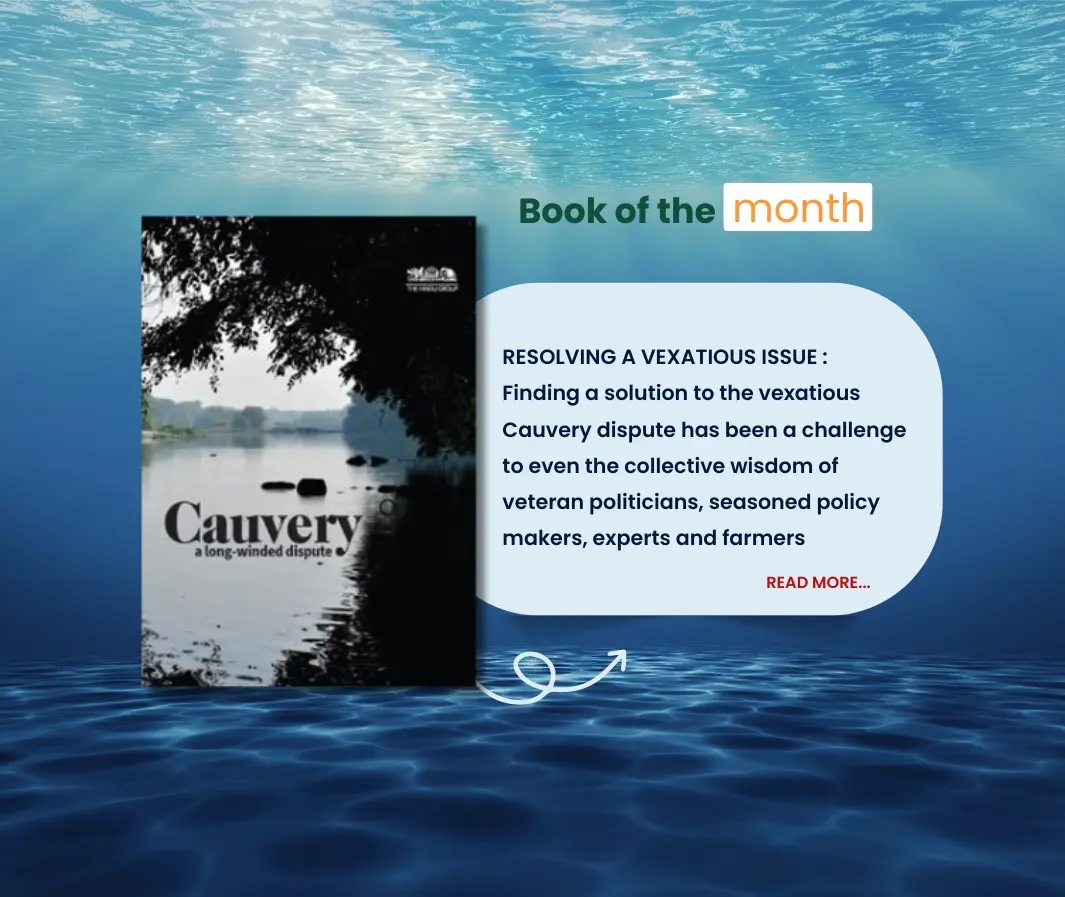
The Cauvery water dispute is a complex issue that has been a source of tension between the Indian states of Karnataka and Tamil Nadu for over a century. Here's a breakdown of the issue:
The River: The Cauvery River is a vital source of water for both states, flowing through Karnataka and Tamil Nadu before emptying into the Bay of Bengal.
History of Dispute: The conflict dates back to the 1800s, with disagreements over water sharing during British rule. Agreements were made in 1892 and 1924, but disputes persisted.
Key Issues:
Impacts:
Possible Solutions:
Finding a long-term solution requires cooperation between the states, with a focus on sustainable water management and resource conservation.
RESOLVING A VEXATIOUS ISSUE: Finding a solution to the vexatious Cauvery dispute has been a challenge to even the collective wisdom of veteran politicians, seasoned policymakers, experts and farmers. It even tested the strength of India's federal structure at times. After bickering among riparian constituents of the Cauvery basin for over a century and exhausting all avenues, the judiciary, finally, had to do the task of apportioning the quantum of water for each riparian party. This book gives an account of how the dispute evolved over the years, especially after the 1924 Agreement between the Madras Presidency and the Princely State of Mysore. It also drives home the point that the last word has not yet been said on the issue. Apart from the subject of water sharing, the work discusses challenges facing the river on various fronts, including environment.